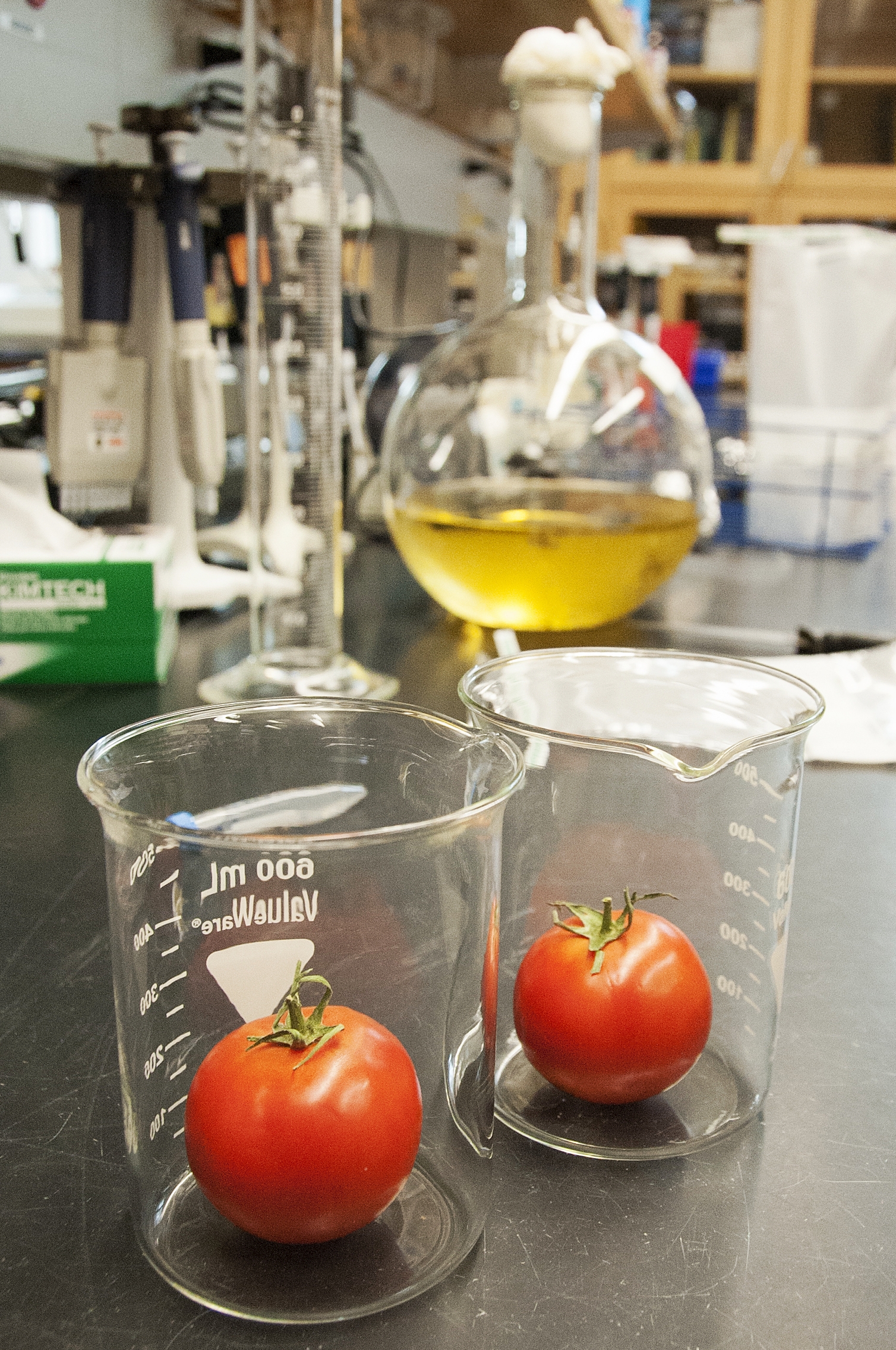User:Shawndouglas/sandbox/sublevel5
Title: What is the importance of a food and beverage testing laboratory to society?
Author for citation: Shawn E. Douglas
License for content: Creative Commons Attribution-ShareAlike 4.0 International
Publication date: August 2022
Introduction
Humanity's focus on food and water security remains one of its most important tasks in the twenty-first century,[1][2][3] particularly in the face of growing concerns about the negative ramifications of climate change.[4][5] Without a continued focus on food and water security—including all the quality and safety assurances that come with it—many elements of the world population face a grim reality of insufficient food, limited access to clean water, and malnutrition.[1][6]
In contrast to these stark realities (which are just as much about agricultural practices, societal and governmental practices, public health practices, and human approaches to climate change), much has admittedly improved in the way we ensure food and beverage security and safety, at least compared to times prior to the twentieth century. In fact, the laboratory and the science practiced in it have arguably played a significant role in better ensuring safe, quality food and beverages in our lives. However, the laboratory is only one part of an otherwise "complex adaptive system of governance"[7] that is food safety, which in turn is only one part of a larger system dedicated to food and water security.
This brief topical article will examine how modern society benefits from a food and beverage testing laboratory. It will turn to history, statistical data, and description of the roles such labs play, demonstrating their overall value.
History of laboratories in food and beverage testing
Food, Hygiene, and the Laboratory. A Short History of Food Poisoning in Britain, circa 1850–1950 : https://academic.oup.com/shm/article-abstract/12/2/293/1649538 Feeding the World Today and Tomorrow: The Importance of Food Science and Technology: https://ift.onlinelibrary.wiley.com/doi/abs/10.1111/j.1541-4337.2010.00127.x
Milk certification and lab testing in late nineteenth century: https://books.google.com/books?id=aeGMDwAAQBAJ&printsec=frontcover
FDA Food Safety Modernization Act
Food Safety 93 to current: https://books.google.com/books?id=LO7eDwAAQBAJ
Minor bits of history, plus food preservation: https://books.google.com/books?id=G2QL_dyS5YAC&pg=PA25
Related statistics
Estimates of Foodborne Illness in the United States : https://www.cdc.gov/foodborneburden/index.html
The roles a laboratory has in the food and beverage industry
Conclusion
This brief topical article sought to answer "what is the importance of a food and beverage testing laboratory to society?" It notes that in particular,
References
- ↑ 1.0 1.1 Niza-Ribeiro, João (2022), "Food and water security and safety for an ever-expanding human population" (in en), One Health (Elsevier): 155–204, doi:10.1016/b978-0-12-822794-7.00003-4, ISBN 978-0-12-822794-7, https://linkinghub.elsevier.com/retrieve/pii/B9780128227947000034. Retrieved 2022-08-10
- ↑ Young, Sera L; Frongillo, Edward A; Jamaluddine, Zeina; Melgar-Quiñonez, Hugo; Pérez-Escamilla, Rafael; Ringler, Claudia; Rosinger, Asher Y (30 July 2021). "Perspective: The Importance of Water Security for Ensuring Food Security, Good Nutrition, and Well-being" (in en). Advances in Nutrition 12 (4): 1058–1073. doi:10.1093/advances/nmab003. ISSN 2161-8313. PMC PMC8321834. PMID 33601407. https://academic.oup.com/advances/article/12/4/1058/6144691.
- ↑ Hameed, Maysoun; Moradkhani, Hamid; Ahmadalipour, Ali; Moftakhari, Hamed; Abbaszadeh, Peyman; Alipour, Atieh (2 April 2019). "A Review of the 21st Century Challenges in the Food-Energy-Water Security in the Middle East" (in en). Water 11 (4): 682. doi:10.3390/w11040682. ISSN 2073-4441. https://www.mdpi.com/2073-4441/11/4/682.
- ↑ Molotoks, Amy; Smith, Pete; Dawson, Terence P. (1 February 2021). "Impacts of land use, population, and climate change on global food security" (in en). Food and Energy Security 10 (1). doi:10.1002/fes3.261. ISSN 2048-3694. https://onlinelibrary.wiley.com/doi/10.1002/fes3.261.
- ↑ Din, Muhammad Sami Ul; Mubeen, Muhammad; Hussain, Sajjad; Ahmad, Ashfaq; Hussain, Nazim; Ali, Muhammad Anjum; El Sabagh, Ayman; Elsabagh, Mabrouk et al.. (2022), Jatoi, Wajid Nasim; Mubeen, Muhammad; Ahmad, Ashfaq et al.., eds., "World Nations Priorities on Climate Change and Food Security" (in en), Building Climate Resilience in Agriculture (Cham: Springer International Publishing): 365–384, doi:10.1007/978-3-030-79408-8_22, ISBN 978-3-030-79407-1, https://link.springer.com/10.1007/978-3-030-79408-8_22. Retrieved 2022-08-10
- ↑ Miller, Joshua D; Workman, Cassandra L; Panchang, Sarita V; Sneegas, Gretchen; Adams, Ellis A; Young, Sera L; Thompson, Amanda L (1 December 2021). "Water Security and Nutrition: Current Knowledge and Research Opportunities" (in en). Advances in Nutrition 12 (6): 2525–2539. doi:10.1093/advances/nmab075. ISSN 2161-8313. PMC PMC8634318. PMID 34265039. https://academic.oup.com/advances/article/12/6/2525/6322255.
- ↑ Lytton, Timothy D. (2019). "An Introduction to the Food Safety System". Outbreak: Foodborne Illness and the Struggle for Food Safety. Chicago ; London: The University of Chicago Press. pp. 1-23. ISBN 978-0-226-61154-9.










